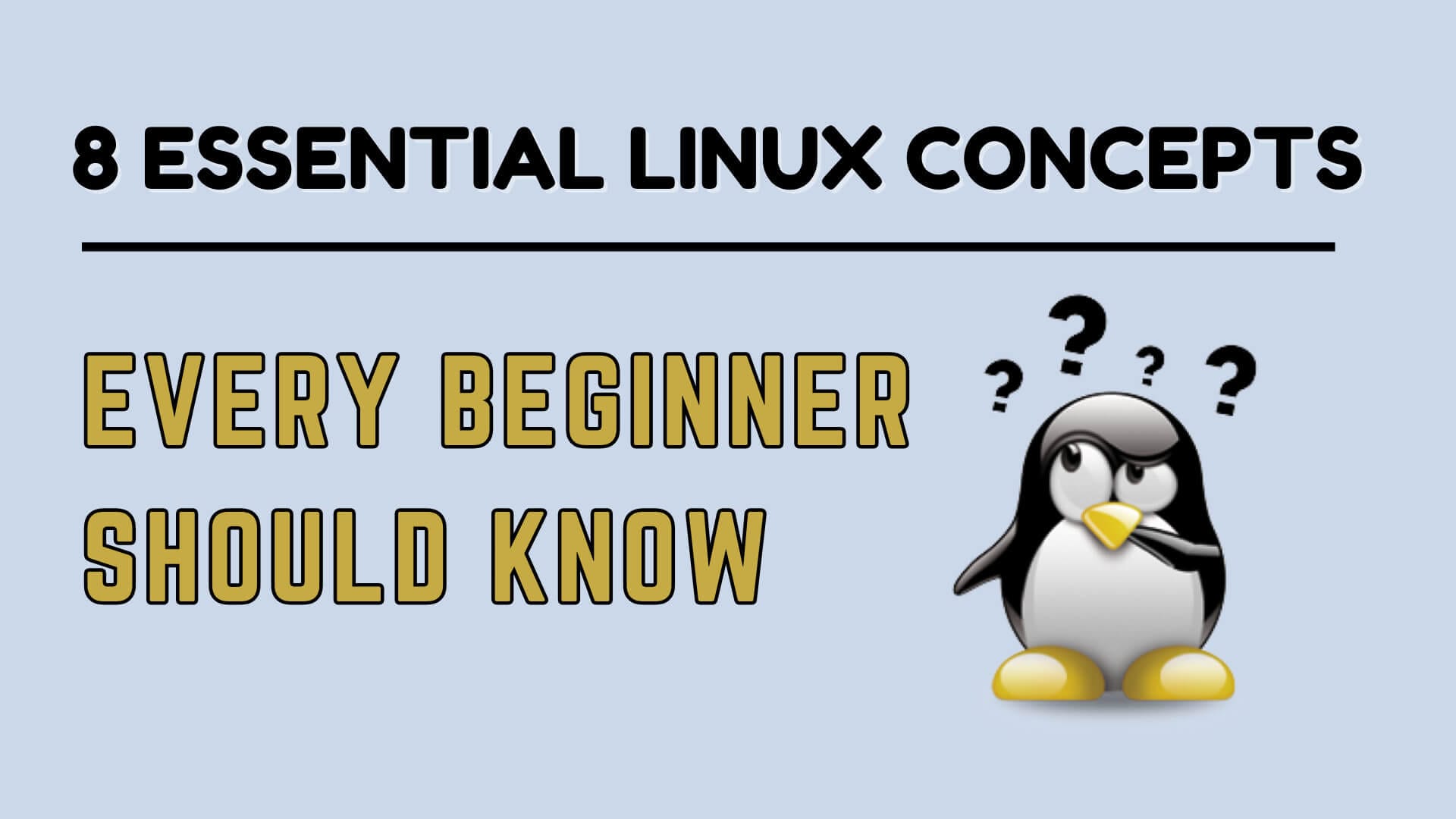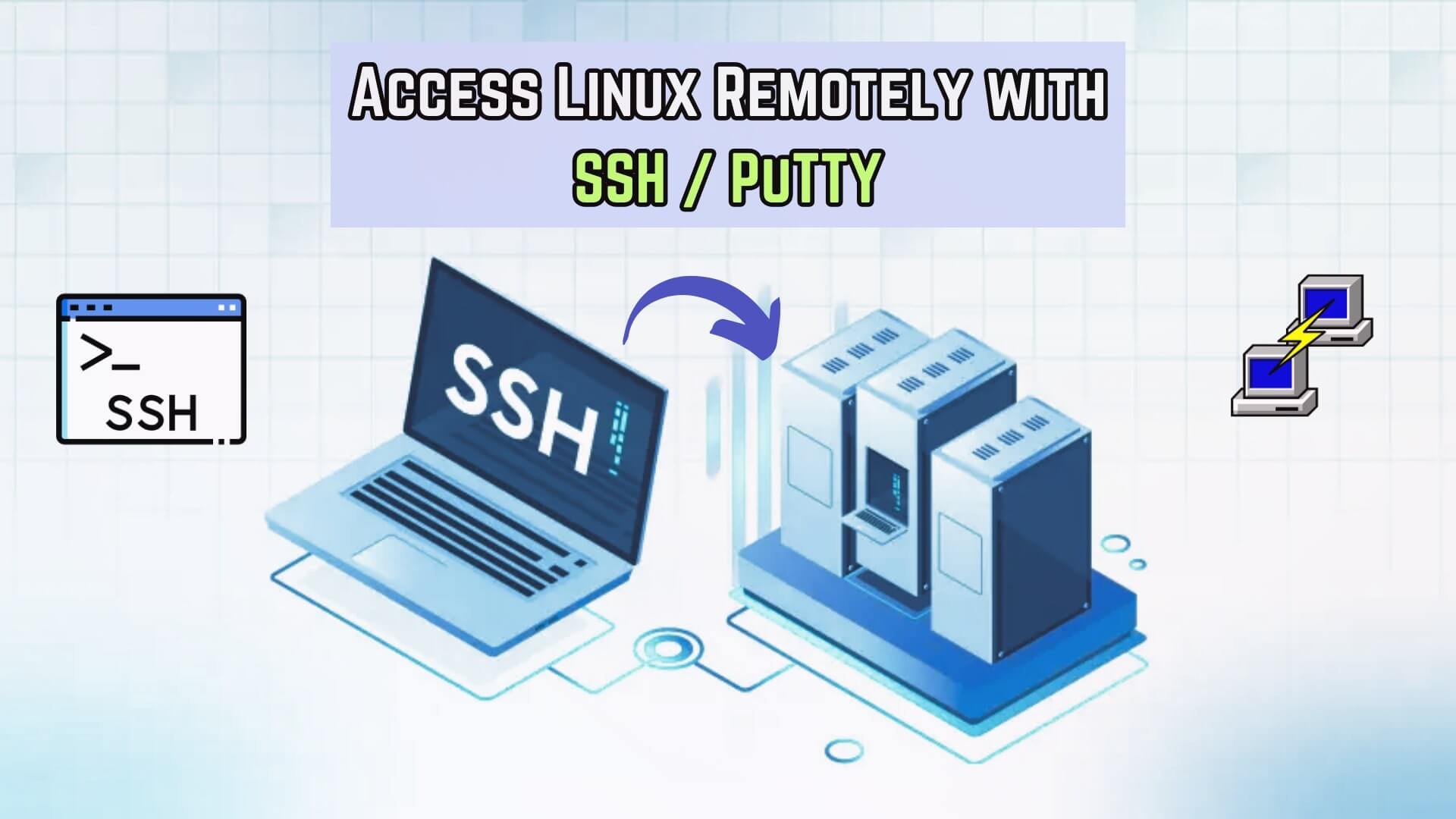VirtualBox snapshots are a powerful and widely-used feature that allows users to capture and manage virtual machine states with ease. These snapshots enable easy rollbacks, backups, and system restoration, making them invaluable for testing, development, and system recovery. In this comprehensive guide, we’ll explore everything you need to know about using snapshots effectively in VirtualBox.
What Are VirtualBox Snapshots?
VirtualBox snapshots enable you to capture the exact state of a virtual machine (VM) at any given point in time. A snapshot preserves the VM’s current state, including its settings, disk contents, and running processes, allowing you to revert back to this state whenever needed.
Testing Environment
Safely test new software or OS updates without risking your VM’s stability
System Backups
Create restore points before making significant changes to your system
Configuration Testing
Experiment with different settings knowing you can easily revert changes
Video Tutorial: Snapshots in Action
Watch this 2-minute demonstration to see VirtualBox snapshots in action:
[Embed YouTube video here]Follow the detailed written guide below for step-by-step instructions.
How to Take a Snapshot in VirtualBox
Launch VirtualBox and Select the VM
Open Oracle VM VirtualBox and select the virtual machine you want to snapshot.
Open the Snapshots Menu
Navigate to the “Snapshots” tab in the VirtualBox interface (top-right of the VM window).
Take the Snapshot
Click “Take Snapshot” and provide a descriptive name and details about this state.
Confirm and Save
VirtualBox will create the snapshot, which may take a few moments depending on your VM size.
Managing Snapshots in VirtualBox
View and Restore Snapshots
All snapshots are listed in the “Snapshots” tab with their names, dates, and descriptions. To restore, simply select a snapshot and click “Restore”.
Delete Snapshots
Select a snapshot and click “Delete” to remove it permanently. Be cautious as this action cannot be undone.
Merge Snapshots
VirtualBox allows merging multiple snapshots into a single stable configuration, which is useful after testing phases.
Best Practices for Using Snapshots
📌 Take Snapshots at Key Milestones
Capture states after significant changes (software installations, system updates) rather than after every minor modification.
🔢 Limit Snapshot Quantity
While VirtualBox supports multiple snapshots, excessive numbers can impact performance and storage.
🏷️ Use Descriptive Names
Clearly label snapshots to indicate their purpose (e.g., “Pre-Software-Update” or “Clean-Install”).
🗑️ Regular Cleanup
Periodically review and remove outdated snapshots to maintain system efficiency.
💾 Backup Important Snapshots
For critical states, consider additional backups beyond VirtualBox’s snapshot system.
Troubleshooting Common Issues
Snapshot Disappears or Corrupts
- Ensure proper VM shutdown before snapshot operations
- Check VirtualBox logs for errors
- Consider using repair tools for corrupted files
Performance Degradation
- Delete unnecessary snapshots
- Consolidate similar snapshots
- Ensure adequate disk space
Restoration Problems
- Verify VM configuration settings
- Check virtual disk accessibility
- Try restoring from backup if available
Conclusion
VirtualBox snapshots provide an essential safety net for virtual machine management, offering flexible rollback points and testing environments. By following the best practices outlined in this guide, you can maintain an efficient snapshot workflow while avoiding common pitfalls.
Key Benefits of Using Snapshots:
- Risk-free software testing environment
- Quick recovery from system errors
- Efficient configuration management
- Simplified development workflows
Whether you’re a developer, IT professional, or hobbyist, mastering VirtualBox snapshots will significantly enhance your virtualization experience and productivity.
Frequently Asked Questions (FAQs)
1. What is the difference between a snapshot and a backup in VirtualBox?
A snapshot saves the current state of a virtual machine, including its disk and settings, at a specific point in time. A backup, on the other hand, copies all the virtual machine’s files, including its configuration, settings, and data, providing a more comprehensive safeguard against data loss.
2. Can I take multiple snapshots of a virtual machine?
Yes, you can take multiple snapshots of a VM. VirtualBox allows you to take as many snapshots as your storage will support. However, it’s important to manage them carefully to avoid storage issues.
3. How can I delete a snapshot in VirtualBox?
To delete a snapshot, go to the Snapshots tab, right-click on the snapshot you want to delete, and select Delete Snapshot. Confirm the deletion when prompted.
4. How do I restore a VM to a previous snapshot?
To restore a VM to a previous snapshot, right-click on the snapshot in the Snapshots tab and select Restore. Confirm the restoration process when prompted.
5. Can I create a snapshot of a running VM?
Yes, you can take snapshots of a running VM. VirtualBox captures the state of the VM at the moment the snapshot is taken, including its memory and running processes.
6. Are snapshots safe to use for long-term data storage?
No, snapshots are not intended for long-term data storage. They are best used for temporary backup and rollback purposes. For long-term storage, it’s recommended to create full backups.







